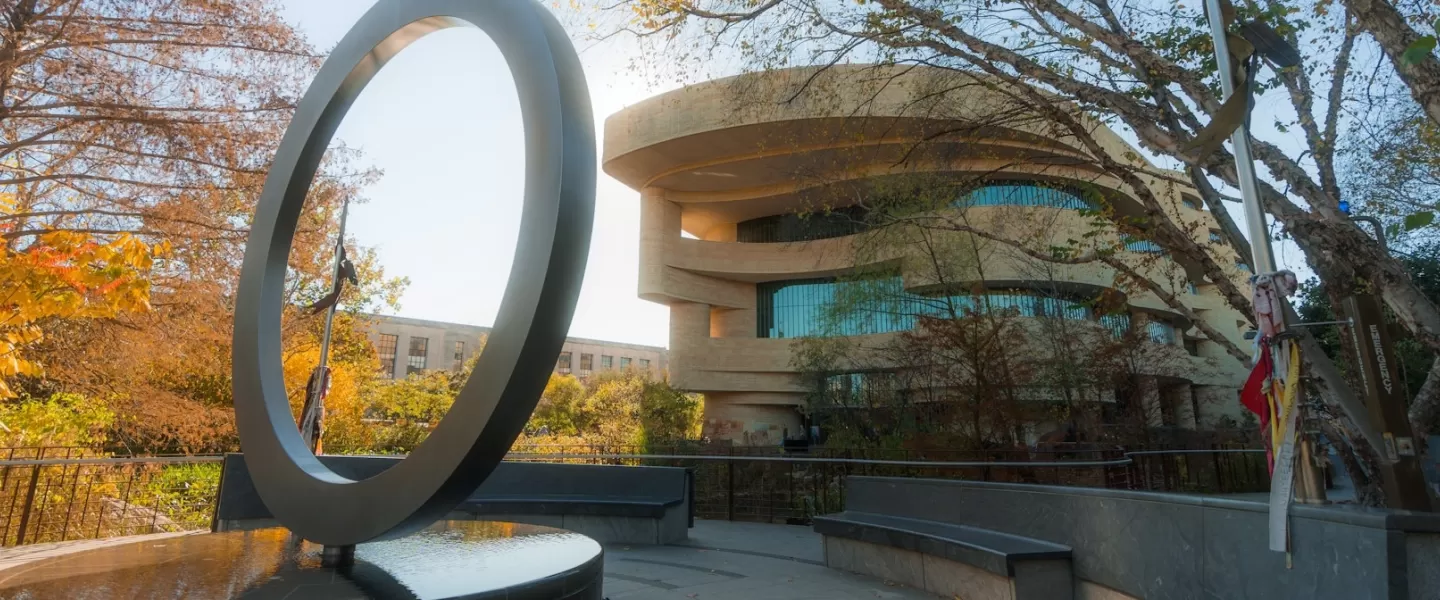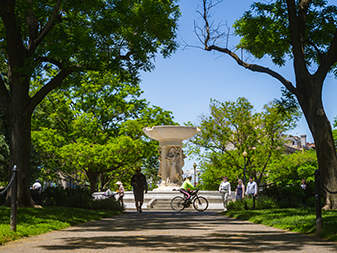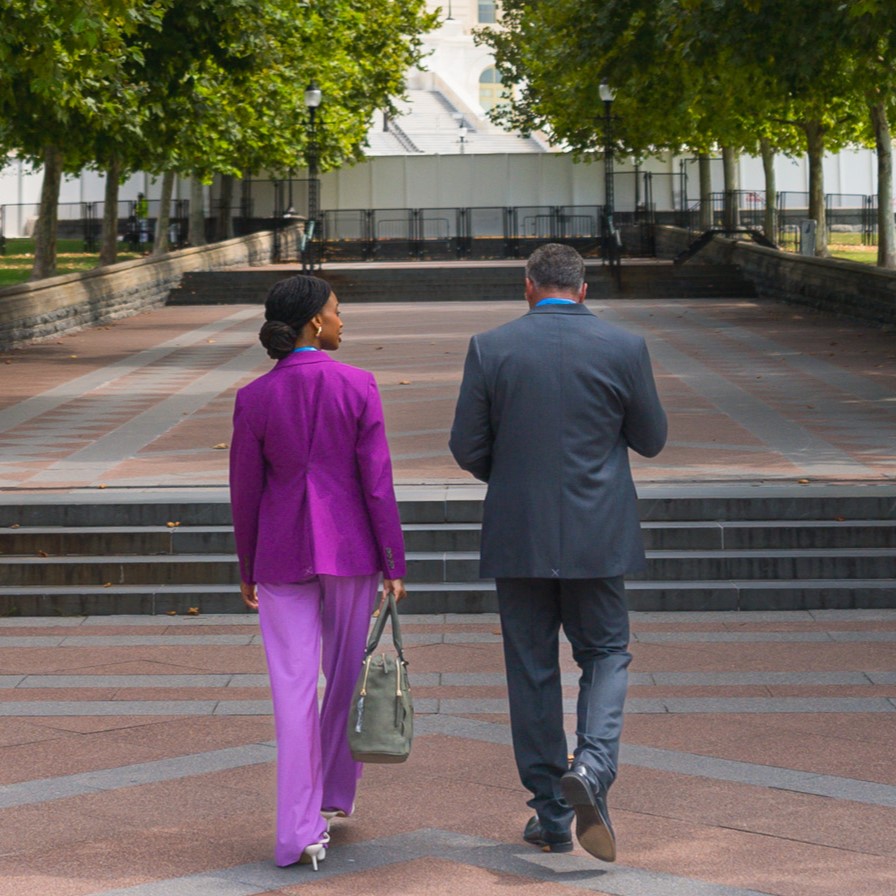Destination DC respectfully acknowledges that the city sits on the homeland of the Nacotchtank (also referred to as Anacostan), Piscataway and Pamunkey peoples, who have served as stewards of this region for generations.
We honor these tribes past and present, as well as the dozens in Maryland and Virginia, who belong to this region. Destination DC is committed to recognizing and highlighting the stories of the native peoples as we promote DC.
Before the arrival of European settlers, the region around today’s Potomac and Anacostia rivers teemed with life and natural resources. Two main Native American villages sat along the rivers. The Nacotchtank village, a major trading center, was located in the floodplains between present-day Bolling Air Force Base and Anacostia Park in southeast DC. Another town, Nameroughquena, most likely sat across from Theodore Roosevelt Island on the Potomac’s west bank.
Forty years after the first contact with European settlers in 1608, only a quarter of the area’s indigenous population remained. Today, over 4,000 Native Americans live in Washington, DC and continue to teach locals and tourists about their history and culture.
How to Incorporate Indigenous DC into Your Next Conference:
Add to Your Event Program
Consider incorporating the acknowledgment at the start of your meeting, during opening remarks or in printed materials.
“We respectfully acknowledge that we are gathering on the ancestral homelands of the Nacotchtank (Anacostan), Piscataway and Pamunkey peoples, who have served as stewards of this region for generations. We honor their past, present and ongoing contributions.”
Engage Indigenous Voices
- Consider inviting a representative from a local tribal community to offer a welcome, blessing or cultural perspective during your program.
- Work with indigenous-led organizations to offer cultural enrichment, such as storytelling, workshops or performances.
- Include native-owned businesses or artists as vendors or featured participants.
- Choose venues or caterers that support local sourcing and sustainable practices in alignment with Indigenous values.
Incorporate Educational Experiences
Build in these sites into your agenda or recommend attendees explore these locations before or after the meeting:
- National Museum of the American Indian: A central hub for Indigenous history and culture
- Guide to Indigenous DC Free Walking Tour: A free resource developed by Indigenous scholars and community leaders
- DC Native History Project: Encourages deeper understanding of the city’s Indigenous history
Offer Additional Learning Opportunities for Attendees
Visit the websites below to learn more about the tribes that reside in DC and the neighboring states:
- The National Park Service: Native Peoples of Washington, DC
- PocketSights: Native Land Map
- American Library Association: Indigenous Tribes of Washington, DC
- The National Park Service: Native American Heritage In and Around Washington DC
- The Washington Post: Native American Tribe Once Called D.C. its Home Had No Living Members
Tribe Sources:




